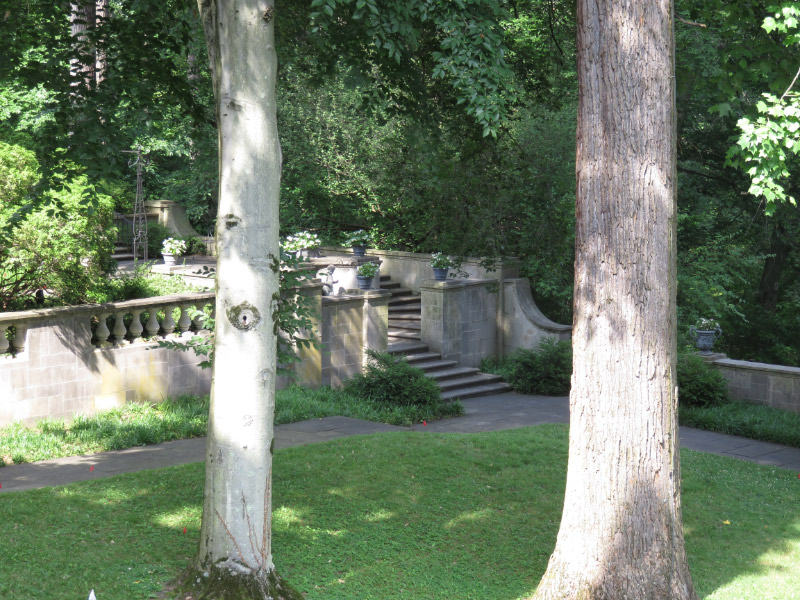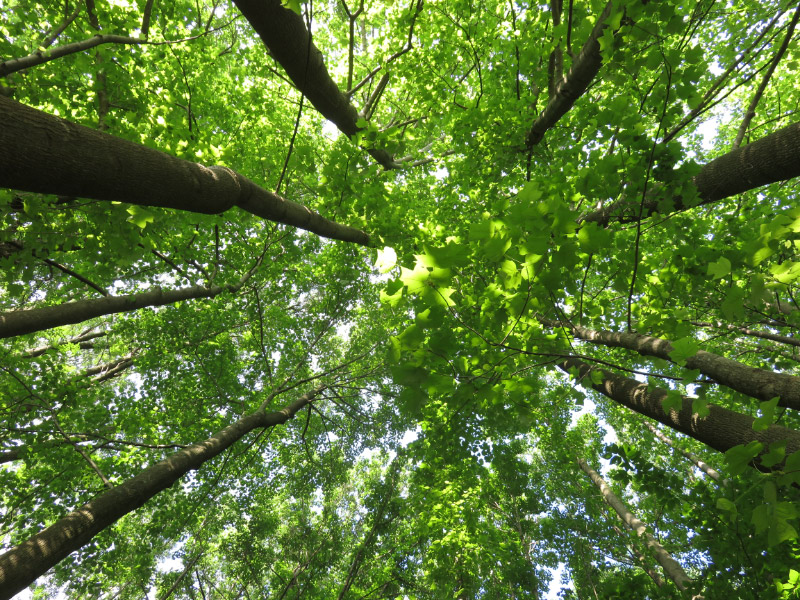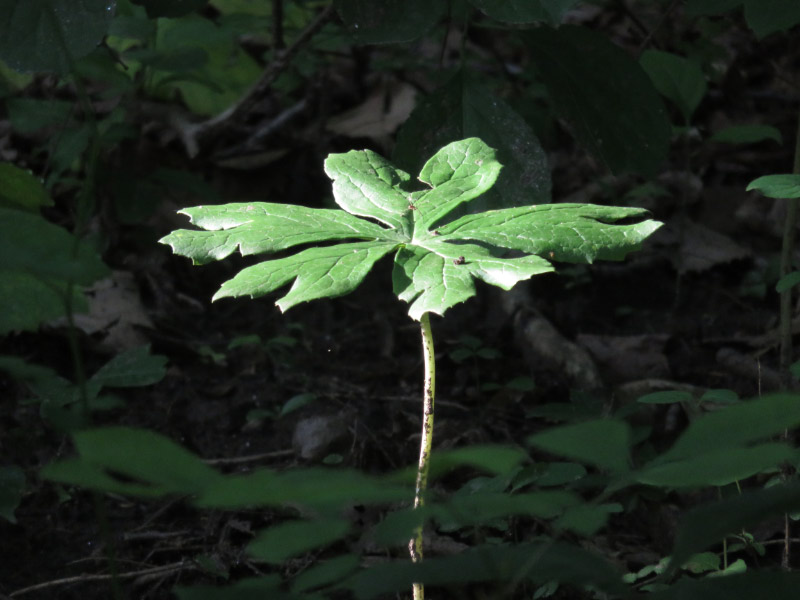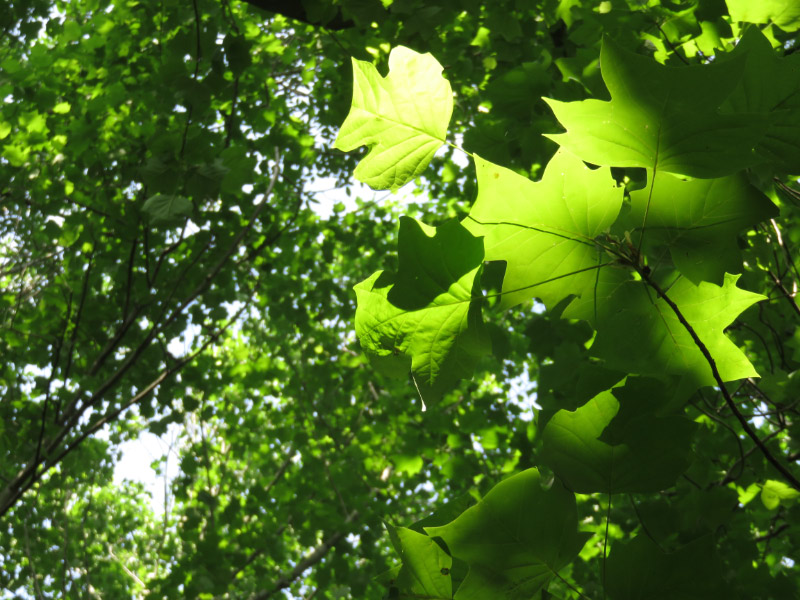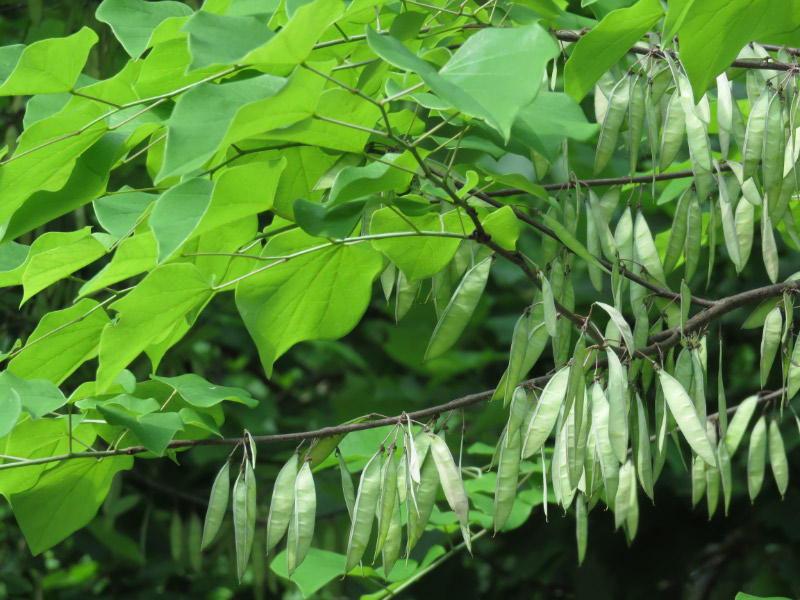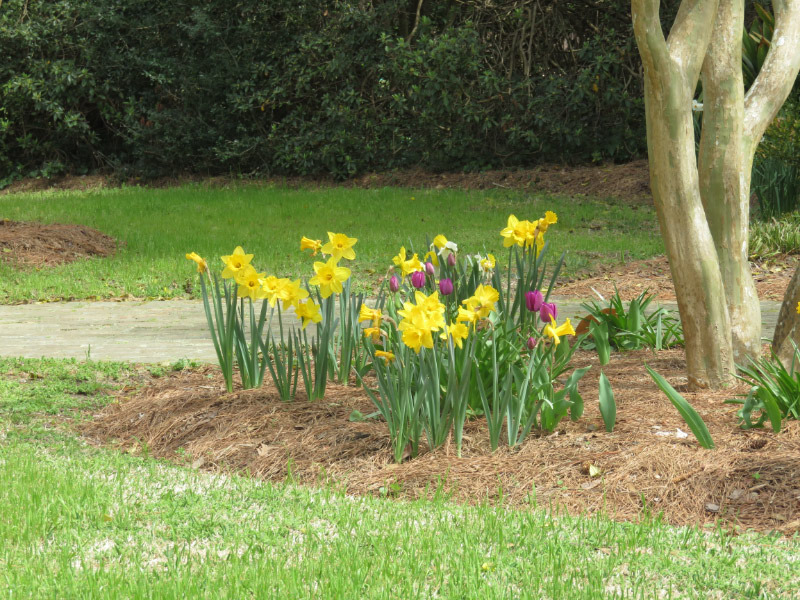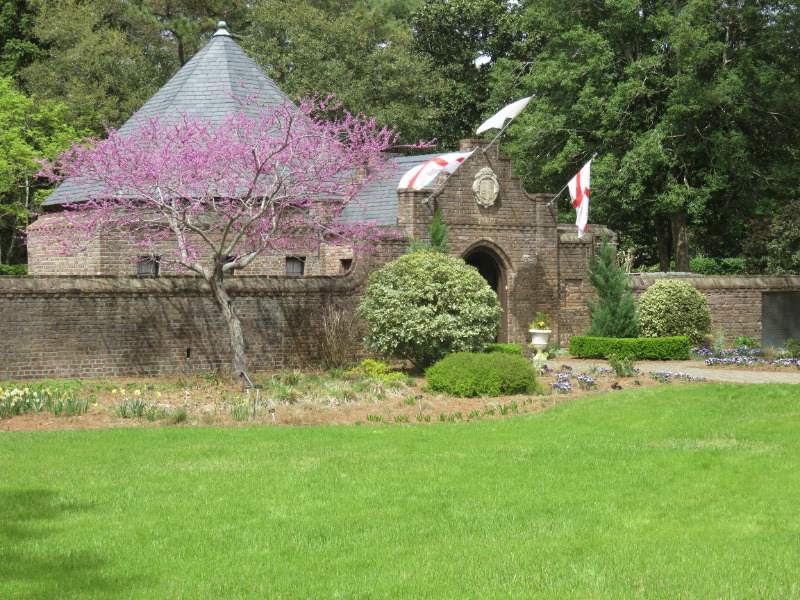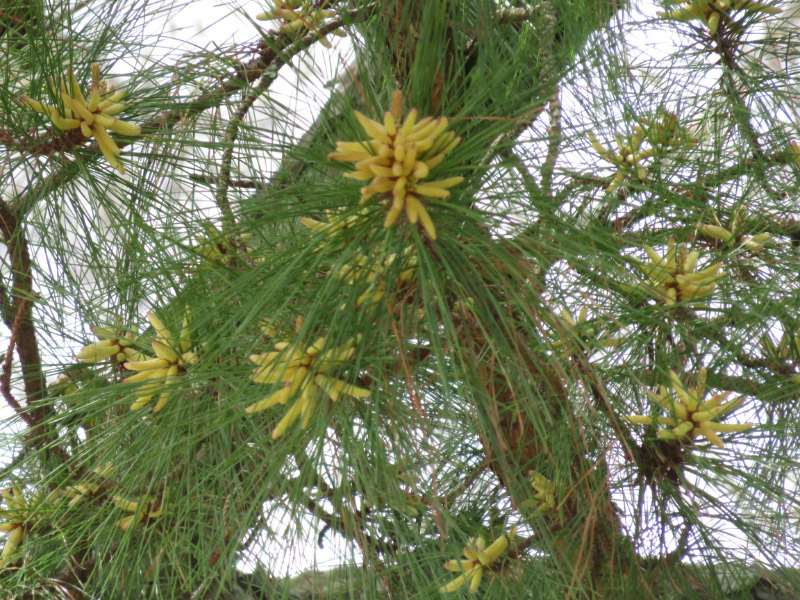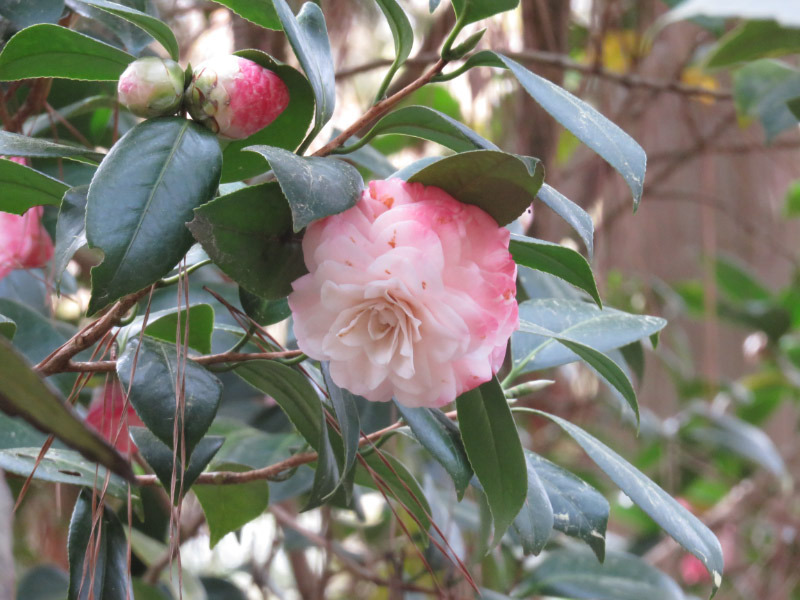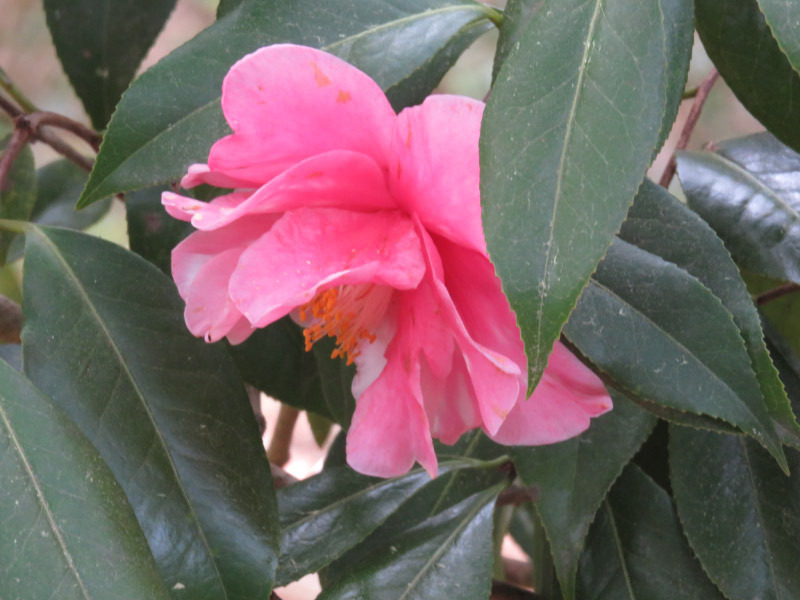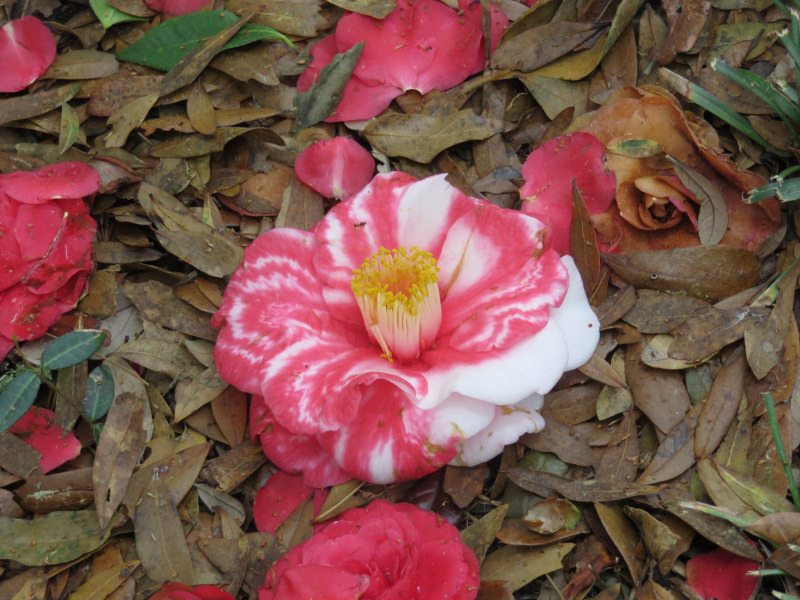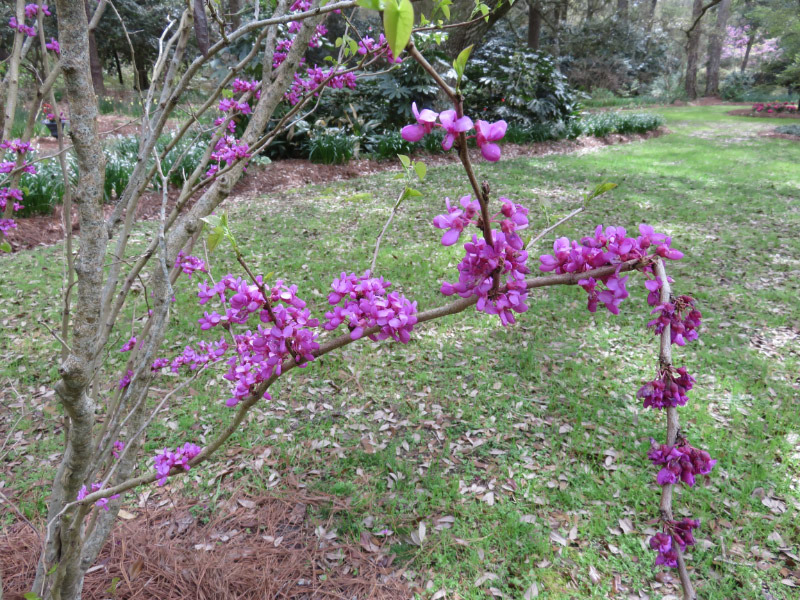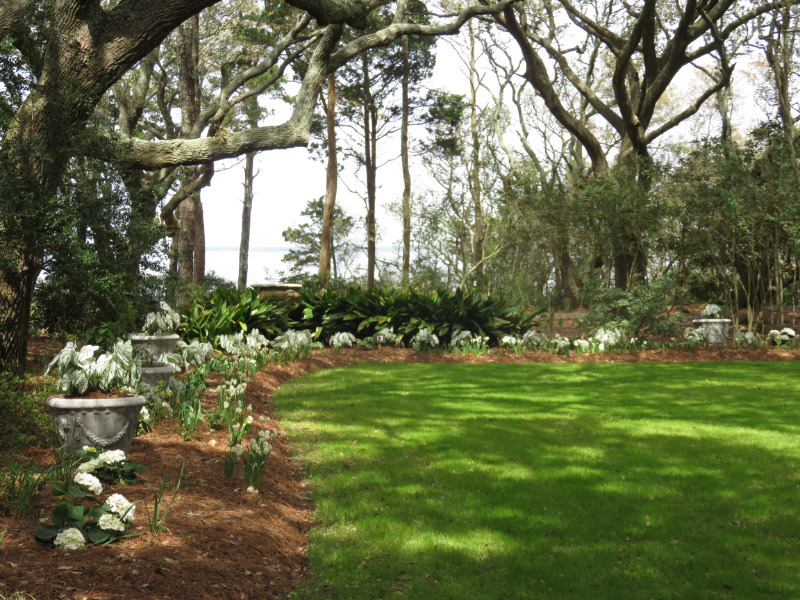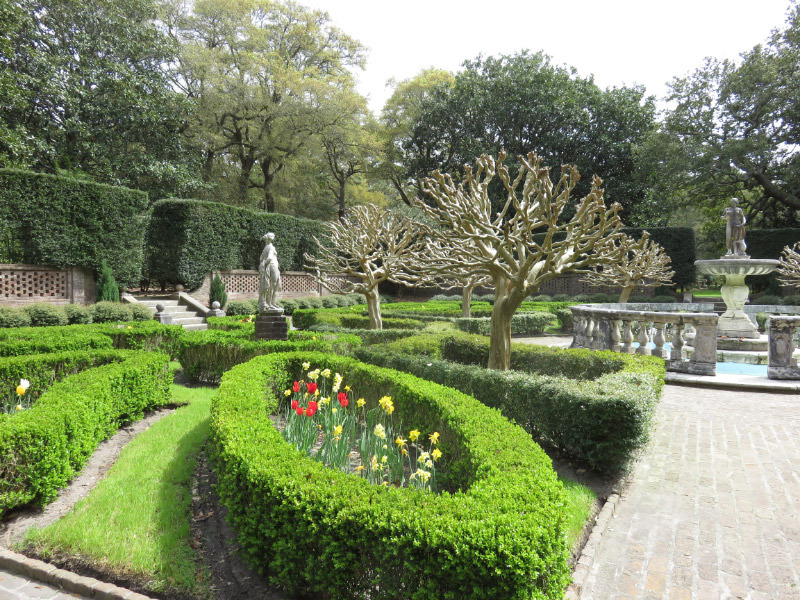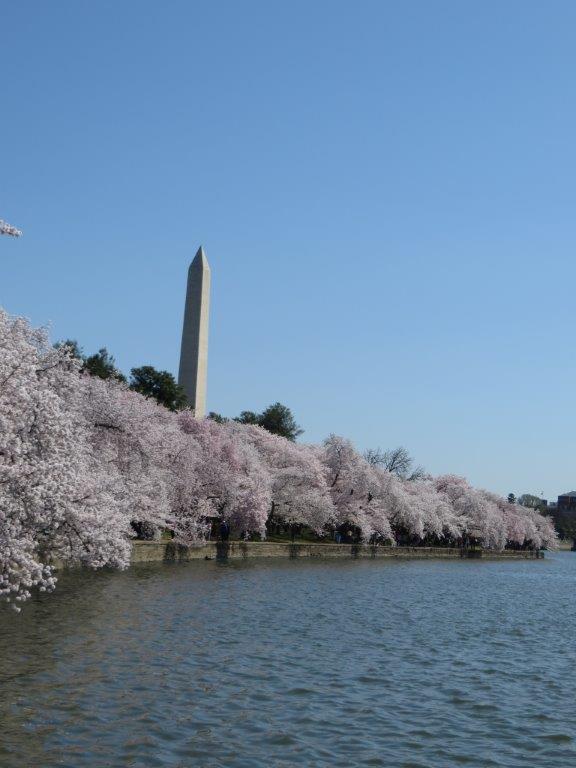Winterthur Garden
/Most of the gardens at Winterthur are woodland gardens (my earlier post about the museum is here). Henry Francis Du Pont was a naturalist gardener. He did include some exotic plants…but otherwise his garden exemplifies all the principles of woodland gardening.
The plants are arranged in natural settings.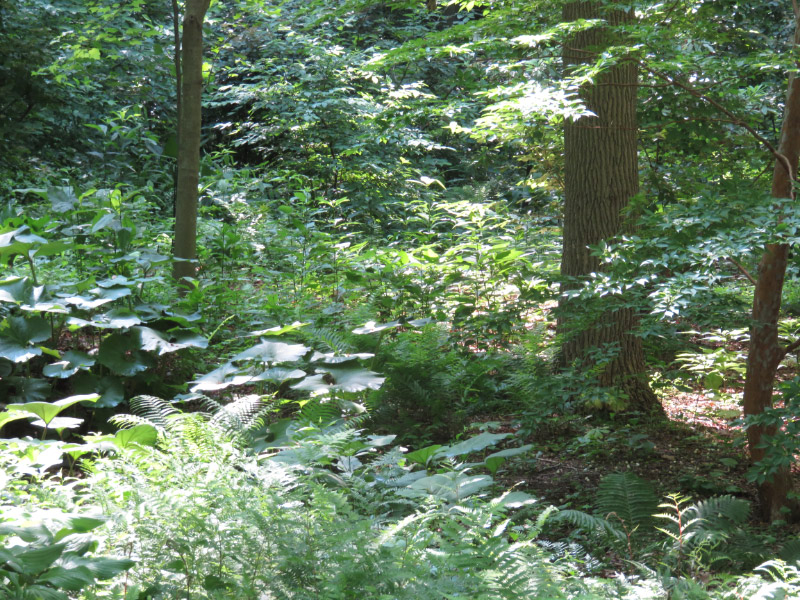
There are plants in every nook and cranny.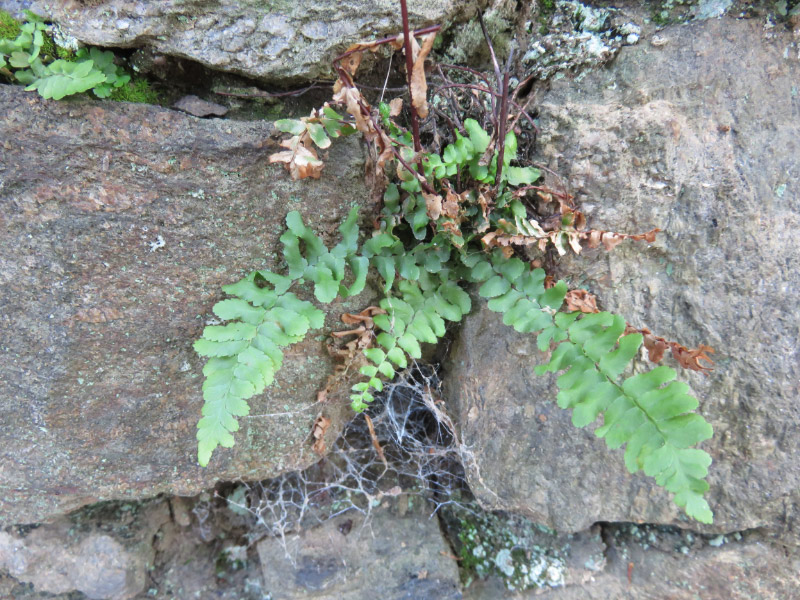
Patches of light spotlight different plants during the day. There are lots of different textures and types of plants.
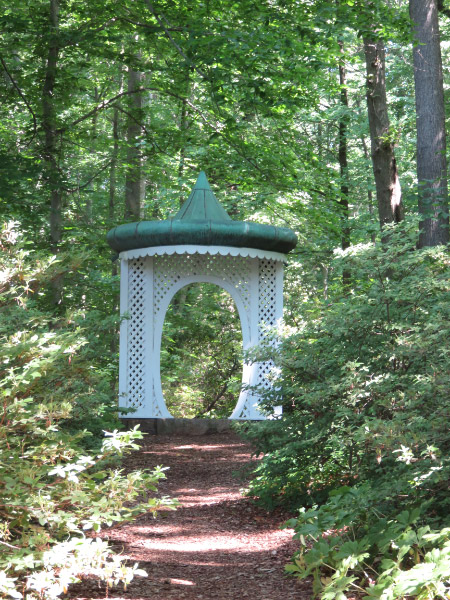 There are pergolas as destinations within the garden…and paths that go from meadow to forest to wetland.
There are pergolas as destinations within the garden…and paths that go from meadow to forest to wetland.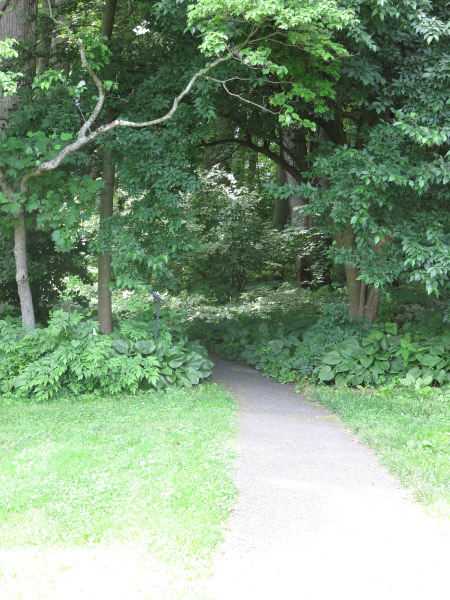
 Most of the garden is green and brown but the eye catches on white
Most of the garden is green and brown but the eye catches on white
And red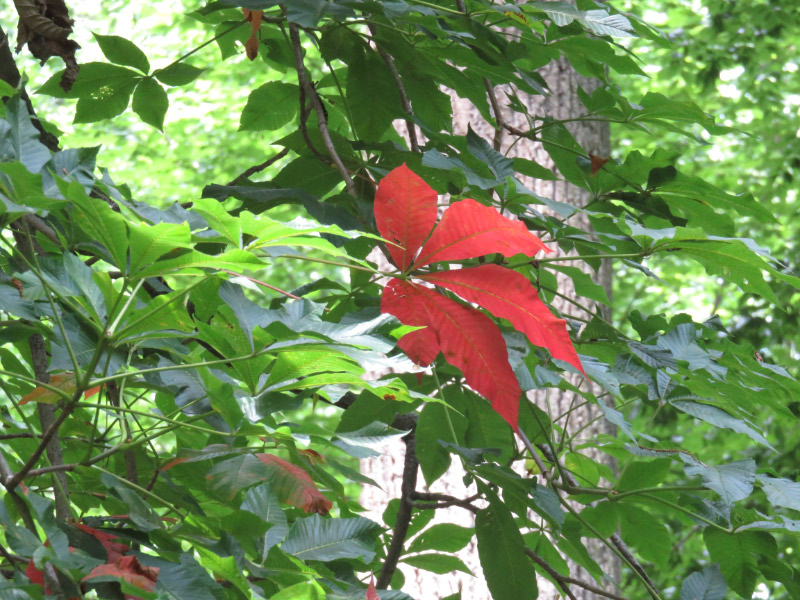
And orange.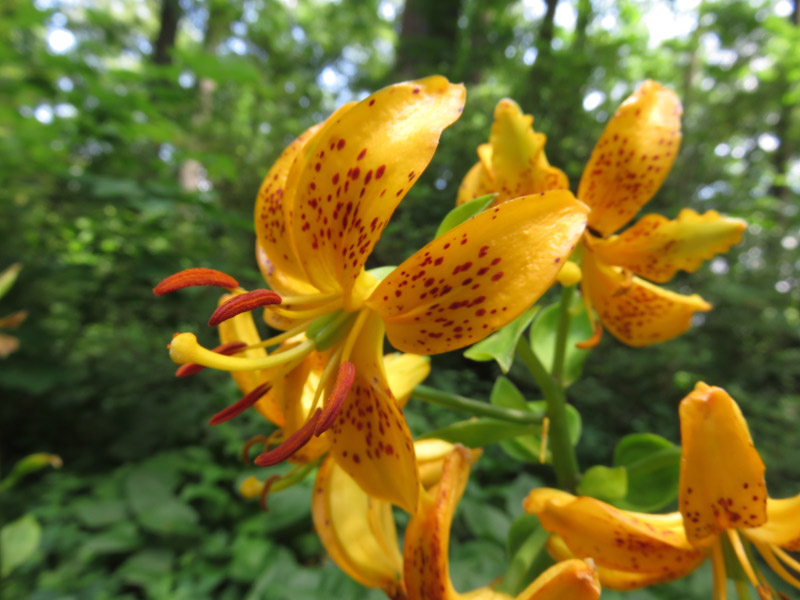
I was not looking for animals but two appeared very obviously - a chipmunk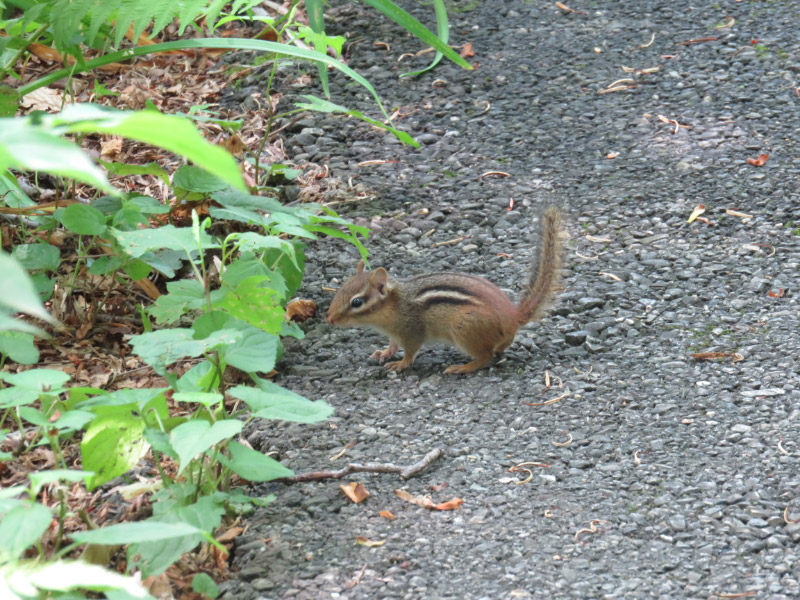
And a spider.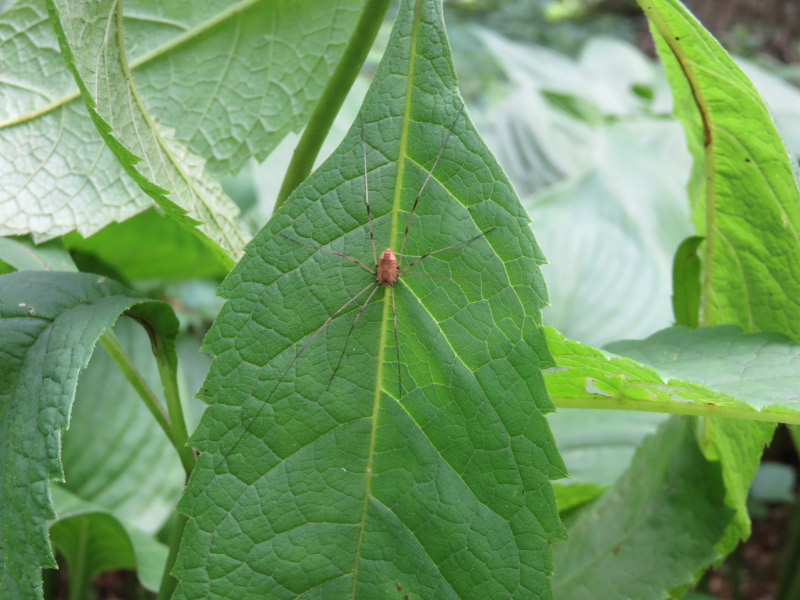
I noticed a violet with a double seed pod.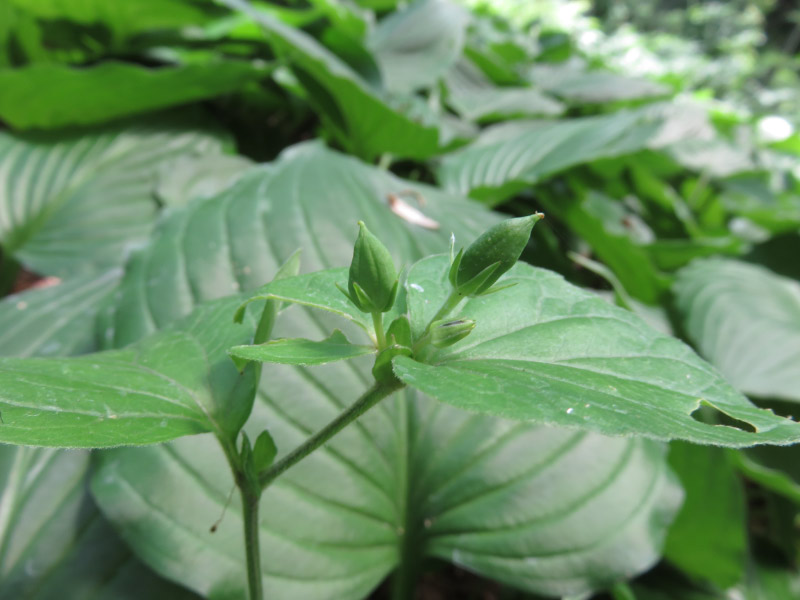
Closer to the museum/mansion - there was a lotus in the koi pond that used to be the swimming pool!
There is more lawn as understory closer to the mansion…still a lot of big trees. 